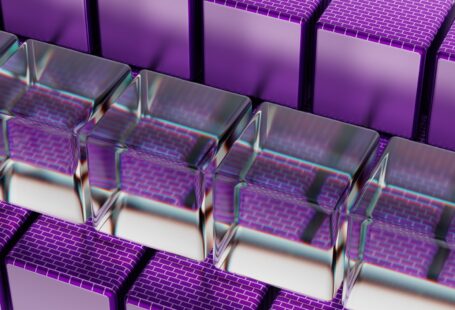3D printing has revolutionized the manufacturing industry, allowing for the mass production of complex items with unparalleled speed and efficiency. It is an incredibly versatile technology that can be used to create almost anything, from medical implants to consumer gadgets. But the success of any 3D printing project is dependent on the choice of material. The material must be chosen carefully to ensure that the 3D printed item meets the required specifications and performs as expected.
In this article, we will look at the different types of materials available for 3D printing, and the factors to consider when selecting the best material for your project.
Types of Materials for 3D Printing
One of the most attractive features of 3D printing is the range of materials that can be used. The most commonly used materials for 3D printing are thermoplastics, such as ABS, PLA, and nylon. Thermoplastic materials are easy to use and are suitable for a wide range of applications. However, there are also other materials available, such as metal, ceramic, and composite materials. Each material has its own advantages and disadvantages, and the choice of material should be based on the requirements of the project.
Factors to Consider When Choosing a 3D Printing Material
When selecting a material for your 3D printing project, there are several factors to consider. First, the material must be capable of producing the desired results. This means that the material must be able to withstand the required temperature, pressure, and other environmental conditions. Second, the material must be compatible with the 3D printer being used. Different 3D printers may require different materials, so it is important to make sure that the material is suitable for the printer.
Third, the material should be chosen based on the type of item being produced. Different materials have different properties, and some may be better suited to certain projects than others. For example, metal is a good choice for items that require strength and durability, while plastic is better for items that require flexibility.
Finally, the cost of the material should also be taken into consideration. Some materials are more expensive than others, so it is important to choose the material that offers the best value for money.
Conclusion
Choosing the right material for your 3D printing project is essential for ensuring that the item meets the desired specifications and performs as expected. Different materials have different properties, and the choice of material should be based on the type of item being produced, the requirements of the project, and the cost of the material. By taking all of these factors into consideration, it is possible to choose the best material for your 3D printing project.





